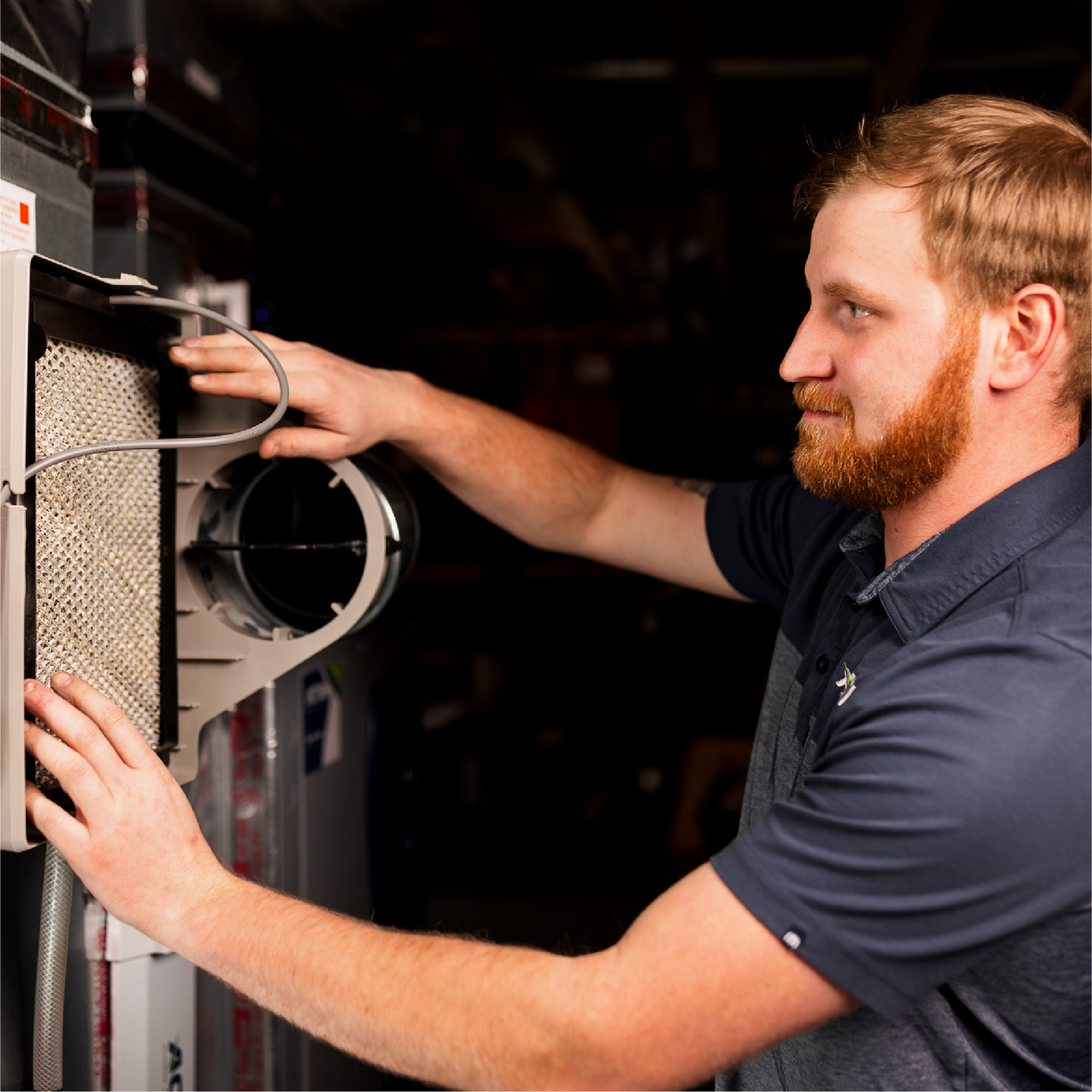In today's rapidly changing environment, maintaining the quality of the air within our homes and workplaces has never been more crucial. At ACTION, we understand the importance of creating a healthy, safe, and comfortable environment. That's why we're dedicated to offering comprehensive solutions that address the full spectrum of indoor air quality (IAQ) concerns. This guide will explore the role of filtration, ventilation, purification, and humidity control in enhancing your indoor air quality.
Filtration: Your First Line of Defense
Indoor air can contain dust, bacteria, and other airborne pollutants that can cause health issues. To address this problem, using high-quality air filters is essential. These filters act as the first line of defense, capturing these unwanted particles before they spread throughout the rest of your environment. Regularly cleaning or replacing your air filters can greatly reduce the number of pollutants in your environment. This ensures that the air you breathe is clean and healthy.
Ventilation: The Breath of Fresh Air
Stagnant air is the enemy of a healthy home or workplace. Without proper ventilation, the air inside can become a cocktail of pollutants, with concentrations of some pollutants being significantly higher indoors than outdoors. Ventilation systems work by inviting fresh outdoor air inside, diluting and dispersing the stagnant air that accumulates pollutants. This constant exchange helps to reduce the buildup of contaminants, ensuring a healthier living environment.
Purification: Beyond the Basics
While filtration and ventilation tackle pollutants broadly, air purification systems target the microscopic menaces that slip through. Technologies such as air scrubbers, UV lights, and bipolar ionization work at a molecular level to neutralize biological contaminants, including viruses, bacteria, and mold spores. These purifiers can be a game-changer, especially in areas with high pollutant levels or for individuals with allergies, asthma, or other respiratory conditions.
Humidity: The Delicate Balance
The role of humidity in indoor air quality is often underestimated. Both excessive and insufficient humidity levels can foster the development of pathogens and allergens. Humidifiers add moisture to dry air, preventing skin, eyes, and respiratory tract irritation. Conversely, dehumidifiers extract excess moisture from the air, impeding the growth of mold, mildew, and dust mites. Maintaining an ideal humidity level between 30-50% is key for the most healthy, comfortable indoor environment.
Investing in indoor air quality is investing in your health, comfort, and peace of mind. Whether you're looking to address specific air quality concerns or seeking a comprehensive IAQ upgrade, our team of experts is here to guide you through every step of the process.
Contact ACTION today and take the first step towards a fresher, cleaner indoor environment.
402-423-6960
